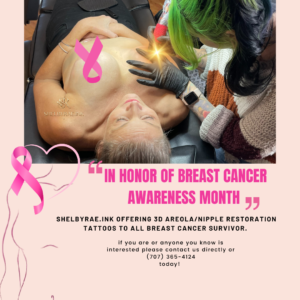Areola tattoos have gained significant popularity in recent years as a means to restore the natural appearance of the areola and nipple after breast reconstruction surgery. This procedure is typically performed for individuals who have undergone a mastectomy or breast surgery, which often results in the loss or alteration of the nipple-areola complex.
An areola tattoo is a specialized form of medical tattooing that aims to recreate the appearance of the areola and nipple after breast reconstruction surgery. It is a cosmetic procedure that helps restore the natural-looking aesthetics of the breast and can have a significant impact on the emotional well-being of individuals who have undergone mastectomy or breast surgery.
The primary goal of an areola tattoo is to recreate a realistic and aesthetically pleasing areola and nipple. The tattoo artist uses specialized techniques and pigments to mimic the color, texture, and shading of a natural areola. By carefully blending different shades and using artistic skills, they can create the illusion of depth and dimension, resulting in a natural-looking outcome.
One of the significant benefits of areola tattoos is the positive impact they can have on a person’s confidence and self-esteem. For individuals who have undergone breast reconstruction, the loss of the areola and nipple can have a profound psychological and emotional impact. By restoring the appearance of the breast, areola tattoos can help women regain a sense of femininity, body confidence, and wholeness.
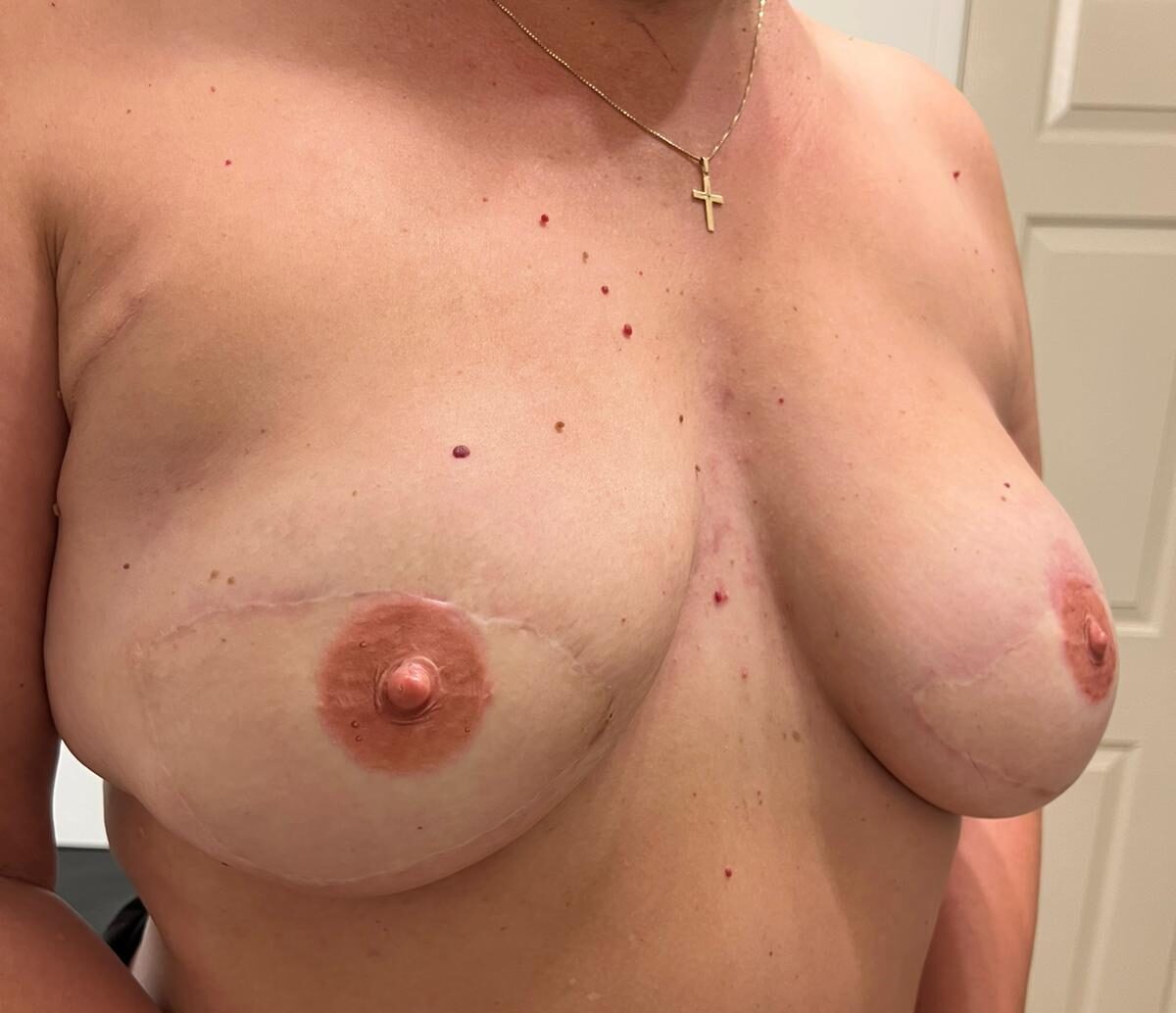
Know the Difference Between These Terms
Here’s an explanation of the different terms commonly used to refer to areola tattoos:
Areola Micro-Pigmentation:
This term refers to the process of using micro-pigmentation techniques to tattoo the areola. Micro-pigmentation involves the precise application of pigments to create a natural-looking areola and nipple. It is a specialized form of tattooing that uses smaller needles and meticulous shading techniques to achieve realistic results.
3-D or 4-D Nipple Tattoo:
These terms describe a specific technique used in areola tattooing to create a three-dimensional or four-dimensional effect. By using shading, highlighting, and color blending techniques, tattoo artists can give the illusion of depth and dimension to the tattooed areola and nipple, making them appear more lifelike.
Natural Areola Tattoo:
This term generally implies that the goal of the tattoo is to recreate the appearance of a natural areola and nipple. Tattoo artists specializing in natural areola tattoos focus on achieving a realistic color, shape, and texture that closely matches the individual's skin tone and desired aesthetic outcome.
Nipple Tattoo:
The term "nipple tattoo" is often used interchangeably with areola tattoo. It refers to the tattooing of the nipple-areola complex as a whole. The procedure involves creating the appearance of both the nipple and the surrounding areola, whether it's through realistic shading, coloration, or other techniques.
Areola Pigmentation Tattoo:
This term emphasizes the pigmentation aspect of the tattooing process. Areola pigmentation tattoo involves the skillful application of pigments to achieve the desired color and shading of the areola and nipple. The goal is to create a natural-looking pigmentation that blends seamlessly with the surrounding breast tissue.
Here's some additional content and information about the benefits of getting an areola tattoo:
For women who have undergone breast surgery, the loss or alteration of the areola and nipple can have a profound impact on their self-confidence and sense of femininity. Areola tattoos can help restore a sense of wholeness and completeness by recreating the appearance of a natural areola and nipple. This aesthetic enhancement can contribute to improved body image and overall well-being.
Areola tattoos are designed to closely mimic the color, shape, and texture of a natural areola and nipple. Skilled tattoo artists use specialized techniques and pigments to create a three-dimensional effect, resulting in a realistic and natural-looking outcome. The attention to detail in recreating the nuances of the areola helps achieve a seamless integration with the surrounding breast tissue.
In addition to restoring the appearance of the areola and nipple, areola tattoos can be used to conceal surgical scars and other imperfections in the breast area. Tattoo artists can strategically incorporate the scars into the design, using pigments to create a more uniform and aesthetically pleasing breast appearance. This can help individuals feel more comfortable and confident in their bodies.
Areola tattoos offer a high degree of customization and personalization. Tattoo artists work closely with their clients to understand their preferences in terms of color, size, shape, and shading. This collaboration ensures that the final result aligns with the individual's unique anatomy, skin tone, and personal aesthetic goals. The ability to tailor the tattoo to the individual's desires contributes to a more satisfying and personalized outcome.
Unlike surgical procedures, areola tattoos are a non-invasive and non-surgical option for enhancing the appearance of the breast. This can be particularly appealing for individuals who may not be candidates for further surgical interventions or who prefer a less invasive approach. Areola tattoos offer a relatively quick and straightforward procedure with minimal downtime.
Areola tattoos offer a high degree of customization and personalization. Tattoo artists work closely with their clients to understand their preferences in terms of color, size, shape, and shading. This collaboration ensures that the final result aligns with the individual's unique anatomy, skin tone, and personal aesthetic goals. The ability to tailor the tattoo to the individual's desires contributes to a more satisfying and personalized outcome.
The process of getting an areola tattoo can be emotionally healing for individuals who have experienced breast surgery. It can provide a sense of closure by marking the end of a challenging journey and symbolizing the completion of the breast reconstruction process. The act of restoring the areola and nipple through tattooing can be empowering and transformative, helping individuals reclaim ownership of their bodies.
Areola tattoos are designed to be long-lasting, providing a permanent solution for restoring the appearance of the areola and nipple. While the tattoo may fade over time, regular touch-up sessions can help maintain the desired color and shape. This longevity ensures that individuals can enjoy the benefits of the tattoo for an extended period without the need for frequent interventions.
Areola tattoos offer versatility in design choices. Tattoo artists can create various styles and patterns, allowing individuals to express their personal preferences. Whether someone prefers a natural-looking areola, a more artistic design, or incorporating specific symbols or imagery, the tattoo artist can tailor the design to meet their desires. This creative freedom allows for a personalized and meaningful tattoo.
The process of getting an areola tattoo often involves connecting with a supportive community of individuals who have gone through similar experiences. This community can provide a sense of understanding, empathy, and encouragement. Sharing stories and experiences with others who have undergone breast surgery and areola tattooing can foster a sense of empowerment, resilience, and emotional support.
Frequency Asked Question
Areola tattoos are primarily recommended for individuals who have undergone breast surgery, such as a mastectomy or breast reconstruction, and have experienced the loss or alteration of the natural areola and nipple. Here are some specific situations where areola tattoos may be considered:
Women who have undergone a mastectomy as part of their breast cancer treatment often choose to undergo breast reconstruction. Areola tattoos can be an important part of the reconstruction process, helping to restore the natural appearance of the breast and enhance body image.
Areola tattoos are commonly performed as the final step in the breast reconstruction process. After the surgical phase is complete and the breast has healed, the tattoo can be applied to recreate the areola and nipple, completing the aesthetic restoration of the breast.
Areola tattoos can also benefit individuals born with congenital abnormalities affecting the appearance of the areola and nipple or those with breast anomalies that result in an asymmetrical or irregular nipple-areola complex. The tattoo can help create a more balanced and natural-looking appearance.
Areola tattoos can be used to cover surgical scars or other imperfections in the breast area. Tattoo artists can strategically incorporate scars into the design, helping to camouflage them and create a more seamless and aesthetically pleasing result.
After getting an areola tattoo, it is normal to experience some side effects during the healing process. These side effects can include:
The tattooed area may feel sensitive or tender for a few days after the procedure. This sensitivity is a natural response of the skin to the tattooing process.
The skin around the tattooed area may feel slightly tight as it heals. This sensation is temporary and should subside as the skin heals and adjusts to the tattoo.
Some degree of swelling and redness is common immediately after getting an areola tattoo. This is the body’s natural response to the trauma caused by the tattooing process. The swelling and redness should gradually subside within a few days.
As the tattooed area heals, it is normal for the skin to go through a flaking or peeling process. This can cause the tattoo to appear patchy or uneven temporarily. It is important not to pick or scratch at the flaking skin, as this can interfere with the healing process and affect the final result.
The healing skin may feel dry or tight during the initial stages of the healing process. It is important to keep the tattooed area moisturized with a recommended ointment or cream as instructed by the tattoo artist. This helps to prevent excessive dryness and promotes proper healing.
The healing skin may feel dry or tight during the initial stages of the healing process. It is important to keep the tattooed area moisturized with a recommended ointment or cream as instructed by the tattoo artist. This helps to prevent excessive dryness and promotes proper healing.
It's important to note that individual experiences may vary, and some people may have a more or less pronounced response to the tattooing process. If you have any concerns about the side effects you are experiencing or questions about the healing process, it is advisable to consult with the tattoo artist who performed the procedure. They can provide specific aftercare instructions and address any concerns you may have.
Is Areola Tattoo safe ?
Tattooing the areola and nipple can be considered a safe procedure when performed by a licensed and experienced tattoo artist who follows proper hygiene, sterilization, and safety protocols. It’s important to choose a qualified technician who specializes in areola micro-pigmentation and has a track record of successful procedures.
During the tattooing process, the technician will provide pretreatment instructions to ensure the best and healthiest result. This may include cleansing and preparing the skin in the areola area, as well as discussing color selection to achieve a natural and realistic appearance.
Post-care instructions will also be given to promote proper healing and minimize the risk of complications. These instructions may involve keeping the area clean, avoiding excessive sun exposure, and using recommended aftercare products.
Using high-quality pigments and products is essential for achieving satisfactory and long-lasting results. Reputable technicians, like those at North Dallas Permanent Makeup, take pride in using quality materials that are safe for use on the skin.
Areola micro-pigmentation, when performed by a qualified and experienced technician, can help complete the aesthetic needs of individuals who have undergone breast surgery or reconstruction. By carefully selecting colors and employing precise techniques, the technician can create a natural-looking areola and nipple complex that enhances body image and self-confidence.
It’s important to schedule a consultation with a licensed technician to discuss your specific goals, medical history, and any concerns you may have. They can provide you with personalized information and recommendations based on your individual needs.
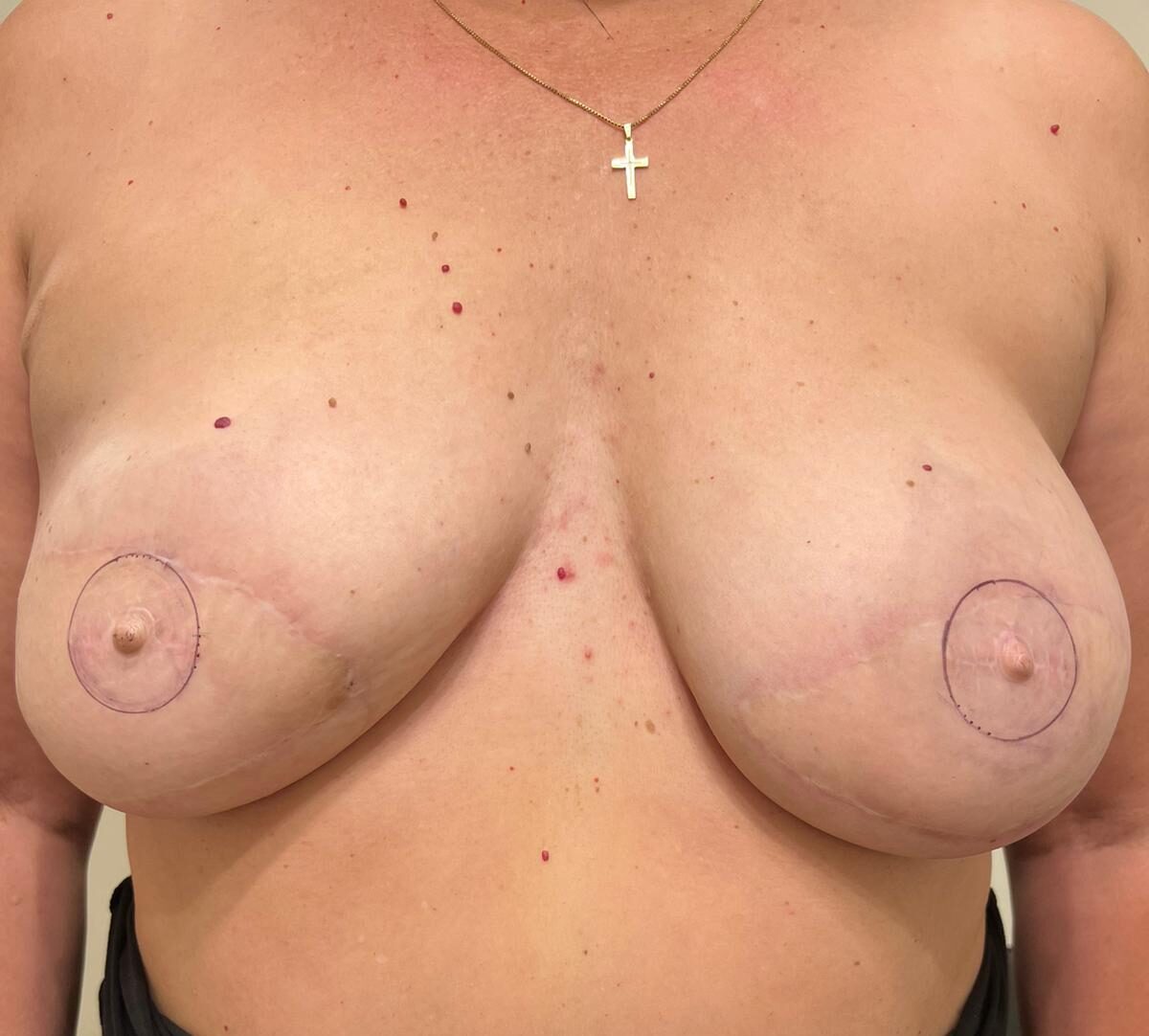
Is Areola Tattoo Painful ?
When it comes to the pain experienced during breast tattooing, it can vary from person to person. The use of topical anesthetics can help minimize discomfort during the procedure. The level of pain or discomfort may also depend on factors such as individual pain tolerance, the specific area being tattooed, and the technique used by the tattoo artist.
It’s important to communicate your concerns and comfort levels with the tattoo artist before the procedure. They can discuss pain management options and address any questions or worries you may have. Some individuals may experience only mild discomfort during the process, while others may feel more sensitivity.
It’s worth noting that the breast area can be more sensitive compared to other parts of the body. However, the use of topical anesthetics and the skill of the tattoo artist can help ensure a more comfortable experience. The application of the tattoo itself is typically quick, and the discomfort experienced is often temporary.
If you have specific concerns about pain or discomfort, it is recommended to consult with a licensed tattoo artist who specializes in areola and nipple tattooing. They can provide more personalized information and guidance based on your individual circumstances.
Taking proper care of your areola tattoo is crucial for optimal healing and long-term results. Here are some general guidelines to follow:
1. Follow the Artist’s Instructions: Your tattoo artist will provide specific aftercare instructions tailored to your individual needs. It’s essential to follow these instructions carefully and ask any questions you may have. They may include how to clean the tattoo, what products to use, and how to protect it during the healing process.
2. Keep the Tattoo Clean: Cleanliness is important to prevent infection. Gently wash the tattooed area with a mild, fragrance-free soap and lukewarm water. Avoid scrubbing or rubbing the tattoo. Pat it dry with a clean towel or let it air dry.
3. Apply Recommended Ointments or Creams: Your artist may recommend applying a thin layer of a specific ointment or cream to the tattooed area to keep it moisturized and promote healing. Follow their instructions on how often to apply and how much to use.
4. Avoid Picking or Scratching: It’s crucial to resist the urge to pick or scratch at the tattoo, as this can disrupt the healing process and potentially cause infection or damage to the design. Let any scabs or flakes naturally slough off on their own.
5. Protect from Sun Exposure: Direct sun exposure can fade and damage tattoos, so it’s important to protect the tattooed area from excessive sunlight. If you need to be in the sun, use a broad-spectrum sunscreen with a high SPF and apply it generously to the tattooed area.
6. Avoid Submerging in Water: Avoid swimming, hot tubs, saunas, or any activities that submerge the tattooed area in water until it is fully healed. Water exposure can increase the risk of infection.
7. Be Patient and Allow for Healing: Healing times can vary from person to person. It’s important to be patient and allow your body enough time to heal. Avoid strenuous activities or anything that may irritate the tattoo during the healing process.
If you notice any signs of infection, such as increased redness, swelling, pain, or discharge, or if you have any concerns about the healing process, it’s crucial to contact your tattoo artist or a healthcare professional for guidance.
Remember that proper aftercare is essential to ensure the best outcome for your areola tattoo. By following the instructions provided and taking care of your tattoo, you can help promote healing and maintain the quality of the artwork.
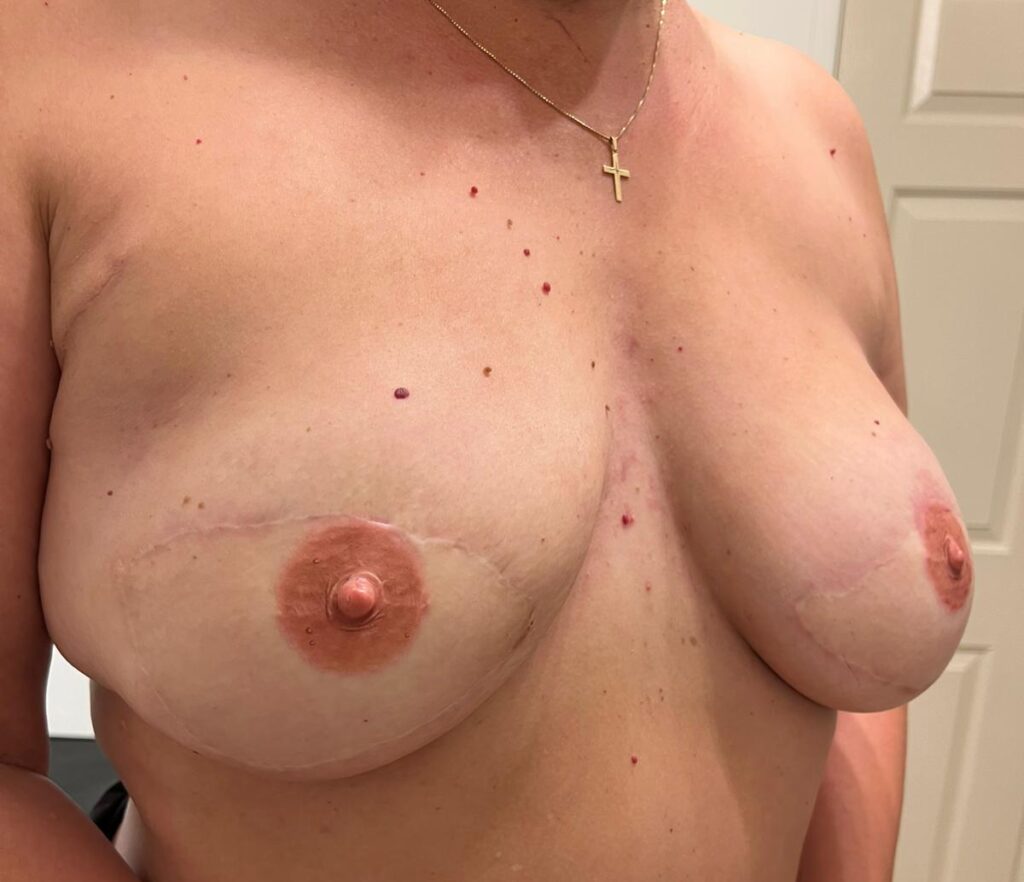
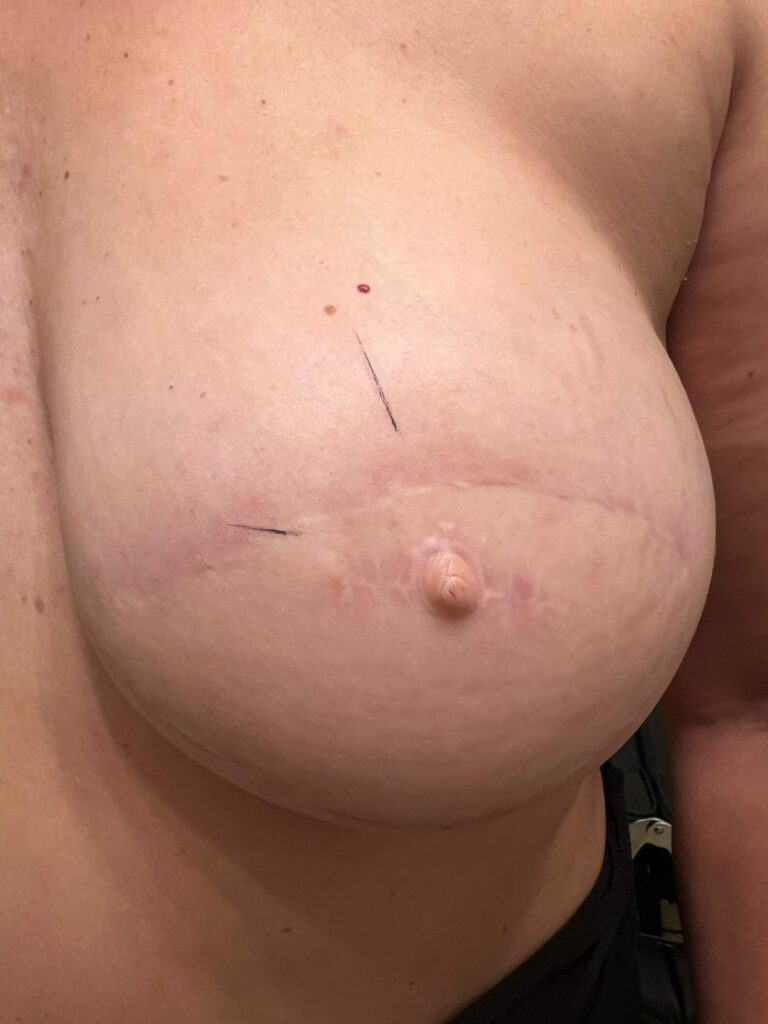
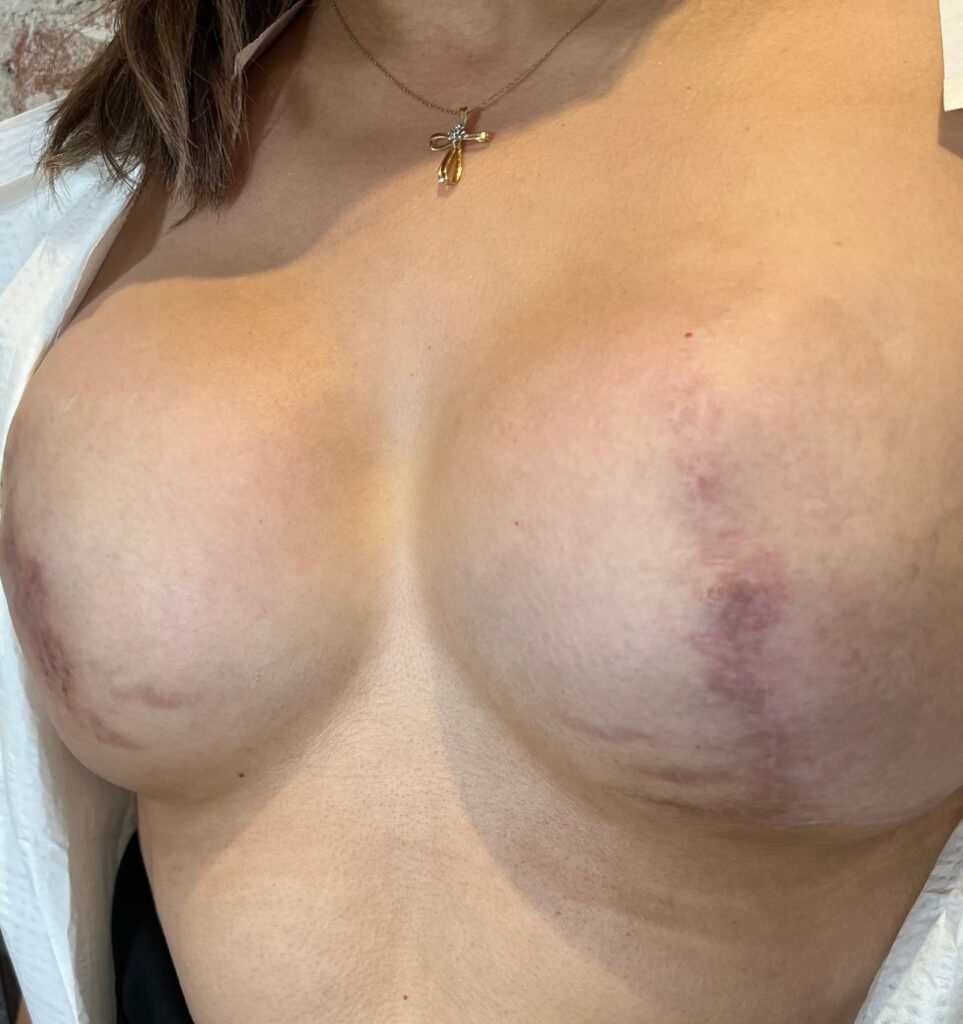
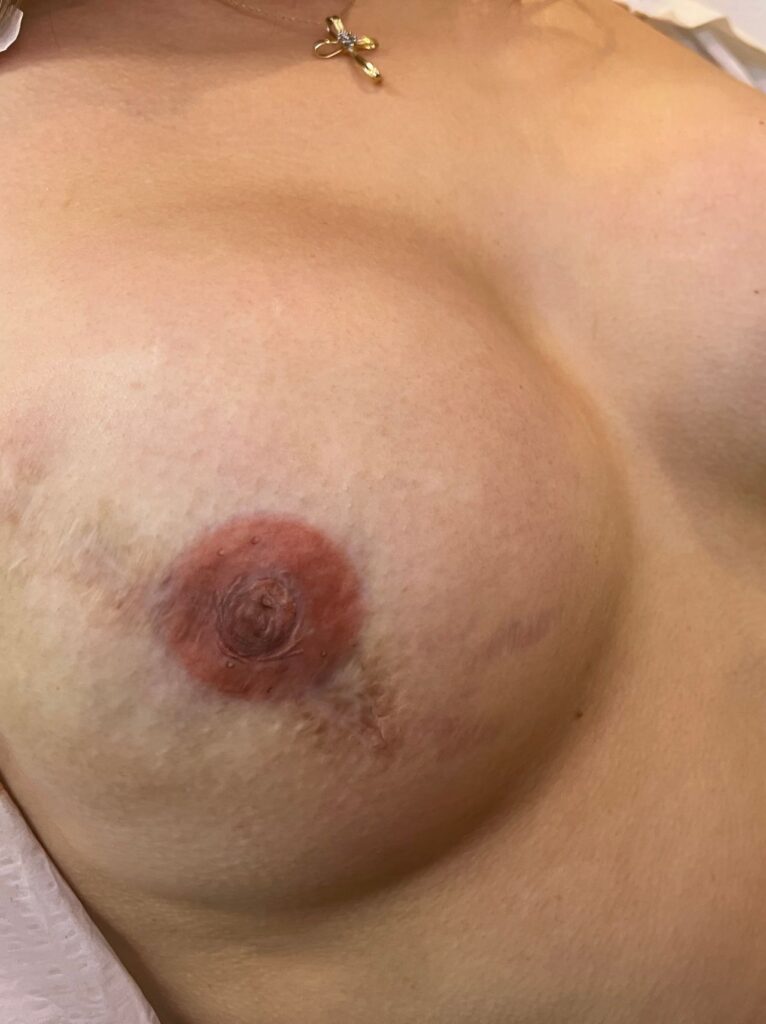
The longevity of areola pigmentation can vary from person to person and depends on various factors. While it is difficult to provide an exact timeframe, here are some general considerations:
Pigment Selection:
The choice of high-quality cosmetic pigments can contribute to the longevity of the areola pigmentation. Quality pigments tend to retain their color better over time compared to lower-quality ones.
Skin Type and Lifestyle:
Individual skin characteristics and lifestyle factors can influence how long the areola pigmentation lasts. Factors such as sun exposure, skincare routines, and natural skin turnover can affect the longevity of the tattoo. People with oilier skin types or those who engage in activities that cause excessive friction on the tattooed area may experience faster fading.
Maintenance and Aftercare:
Proper care and maintenance of the tattooed area can help prolong the longevity of areola pigmentation. This includes following post-care instructions provided by the tattoo artist, protecting the tattoo from excessive sun exposure, and avoiding harsh skincare products or treatments that may fade the tattoo.
Touch-ups:
Over time, it is common for tattoos, including areola pigmentation, to fade to some degree. Touch-up sessions can be scheduled to refresh and enhance the color and appearance of the tattoo. The frequency of touch-ups may vary depending on individual preferences and the extent of fading.



